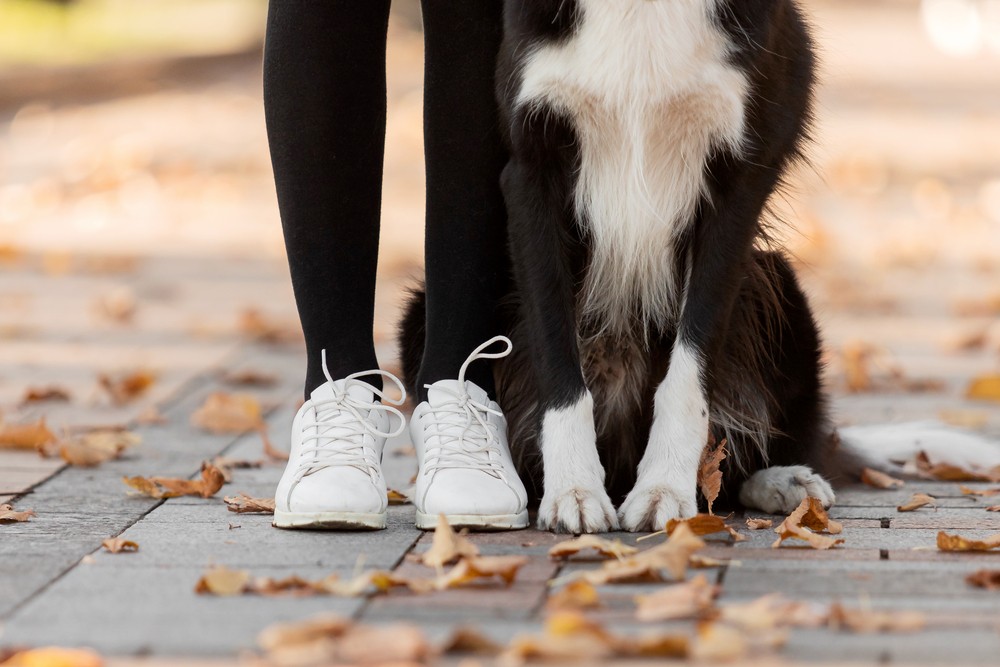If you're working on heelwork, you're going to encounter mistakes. Crooked sits, forging, lagging, loss of attention — they're all part of the process. The key to handling heeling mistakes is recognizing that errors aren't failure; they're feedback. When a dog makes a mistake during heeling, it usually means the criteria were too high, the environment too challenging, or the dog wasn't prepared for that level of difficulty.
Instead of pushing through or correcting the dog, use mistakes as information. Occasional blips are expected. But if mistakes start happening repeatedly, that's your cue to pause and reevaluate your training plan. Backing up a step or two is not a setback — it's how you build clarity.
